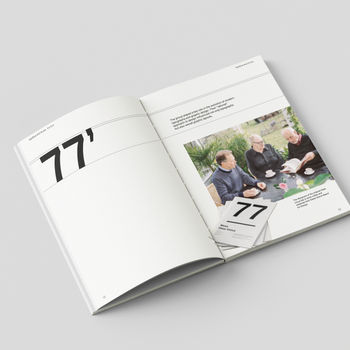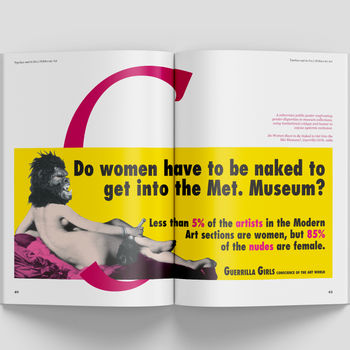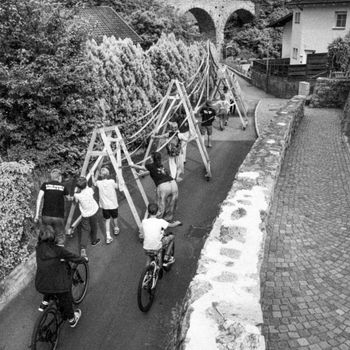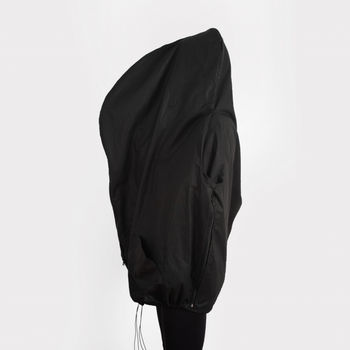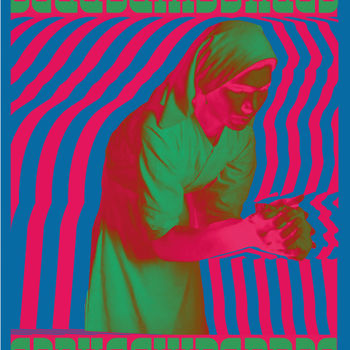Camouflage
Giulia Olivieri
”Camouflage” is an editorial artifact that focuses its attention on ”Shoulder Arms”, a short film directed by Charlie Chaplin (1918). It tells the First World War through the story of a clumsy and careless character. Using irony, it shows the tragedy that war brings with it. The project opens with a reinterpretation of the themes that Shoulder Arms brings with it, which I have tackled using the same key as Chaplin: irony, playfulness, and seriousness. In the following pages, six different works will be presented, each of which deals with a different symbolism belonging to the war. The relationship between the different subjects is made through camouflage. Thanks to this technique it is possible to hide one image within another, creating new camouflage that combines different aspects of war. The rest of the project is dedicated to research on the themes that Shoulder Arms introduces.


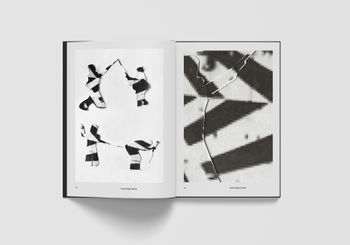
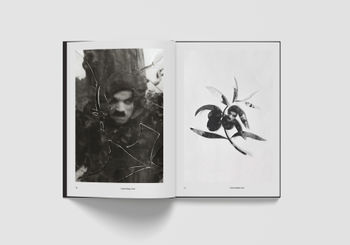
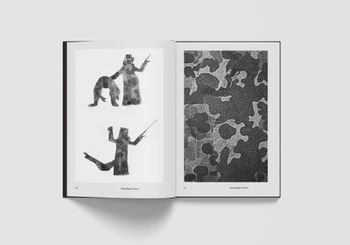

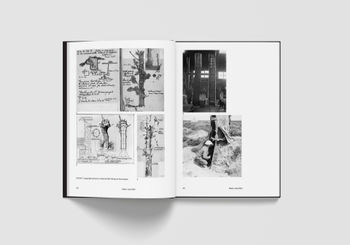

Things that talk

